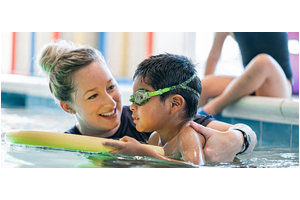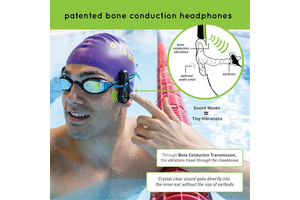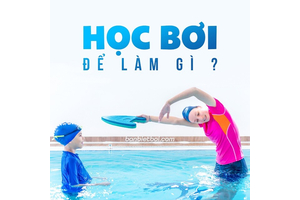
usswimschools.org
May 21, 2021
The United Nations recently declared July 25th at World Drowning Prevention Day, encouraging all countries to take action to prevent drowning, which has caused over 2.5 million deaths in the past ten years. The World Health Organization (WHO) Global Report from 2014 on Drowning stated that “every hour of every day more than 40 people lose their lives to drowning.” Drowning is a public health crisis.
Strategies to prevent drowning have been identified by many organizations. The American Academy of Pediatrics (AAP) shared in their 2019 updated position statement on Drowning Prevention that “five major interventions are evidence based: 4-sided pool fencing, life jackets, swim lessons, supervision, and lifeguards.”
As identified by the AAP, learning to swim is an important layer of drowning prevention. Learning to swim has been shown to reduce the risk of drowning by 88% if children participate in formal swimming lessons between ages 1 – 4*. With learning to swim being an essential life skill, swim schools play a vital role to their community.
Swim schools offer dedicated services with instructors specifically trained in child development and learn to swim instruction. Many swim schools offer lessons in pools that have been designed specifically for teaching swim to young students. Pool designs include warm water temperatures, pool depths designed specifically for the purpose of swim lessons and facilities with a focus on everyone’s safety.
In addition to the benefits offered for drowning prevention, swim schools provide an opportunity for many other benefits to students and families in the community. Parent and baby participation in infant aquatic programs offer excellent parent bonding opportunities. Small class sizes allow for highly engaging activities in which the learner develops skills through fun, safe interactive programs. Swim lessons also offer a great social opportunity for young children, which for some starting at a young age may be their first group social experience. This social experience can further enhance wellbeing and offer better preparedness for other learning environments. Learning to swim has also been shown to increase cognitive and language development. Young students are exposed to important speech elements and useful concepts like shapes and colors. An as a student continues to work in swim lessons with new words, it can improve their own use of language.
Swimming offers the opportunity to exercise and use all parts of the body. It is an extremely low-impact activity, so its benefits are not just for the young. Swimmers at any age can enjoy stress release and improved quality of sleep. Swimming offers time away from screens and a chance to connect with family and friends, allowing for the development of social skills and meaningful relationships.
With the alarming data around drownings, there is an extreme global need for effective teaching of quality swimming and water safety. Swim schools are an important piece in the puzzle of drowning prevention, making them a vital and essential resource throughout the world and in your own community.
Click here for the original article.


















